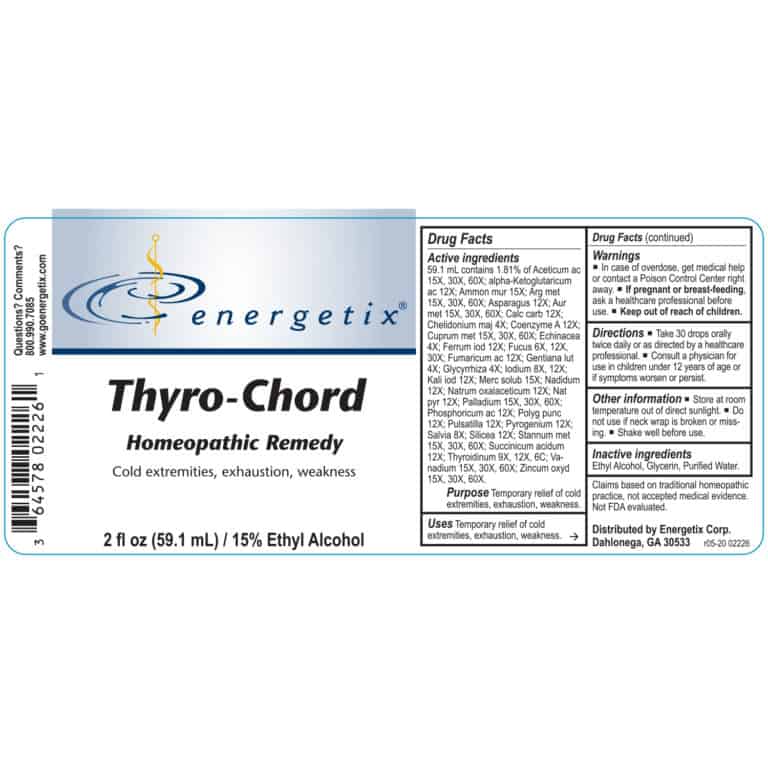Homeopathic Products
Homeopathy is a key component of the Energetix line.
The principles of homeopathy seem revolutionary to many, but in fact are well- established. Dr Samuel Hahnemann was credited with its discovery in the 1700’s as a response to the aggressive medical practices of the time. However, the origins of homeopathy can easily be traced to the 1500’s and Paracelsus.
Recently, homeopathy is enjoying a revival and homeopathic products continue to increase in both popularity and reputation. With a renewed focus on treating the body as a whole, an increasing number of healthcare practitioners are seeing the value homeopathy can bring to their clinical repertoire.
Our homeopathic products are prepared according to the HPUS guidelines (Homeopathic Pharmacopeia of the United States) and are formulated to effectively address a wide variety of modern concerns. The pleasant-tasting liquid form is easy to dose and use.
To ensure a potent, consistent, and high-quality remedy, each bottle is crafted using time-honored processes unique to homeopathy.
ENERGETIX HOMEOPATHIC PRODUCT NAMES
Most of our homeopathic products have been named according to 3 groupings:
- Paths – Product names ending in “Path” are for symptoms related to weakness or imbalance in systems, organs, glands, or tissues.
- Tones – Product names ending in “Tone” are for symptoms related to congestion or stress in systems, organs, glands, or tissues.
- Chords – Product names ending in “Chord” are for symptoms related to systems, organs, glands or tissues that are compromised or overburdened by toxins.
UNDERSTANDING POTENCY
Potency in homeopathy describes how dilute a substance is as well as how many times it has been serially diluted and succussed.
The higher the number, the more dilute the original element, but the greater the energetic potency. This the opposite of what one might expect.
Energetix primarily uses X or C scales to discuss potencies. X dilutions are created with 1:10 dilution and C are 1:100 dilutions. The number indicates the number of times that the substance has passed through the dilution and succussion process.
To illustrate:
- 1 part substance to 99 parts alcohol or water, shaken (succussed) would be 1C.
- 1 part of the resultant mixture is then added to a new vial with 99 parts alcohol or water and shaken. That would be 2C and so on.

